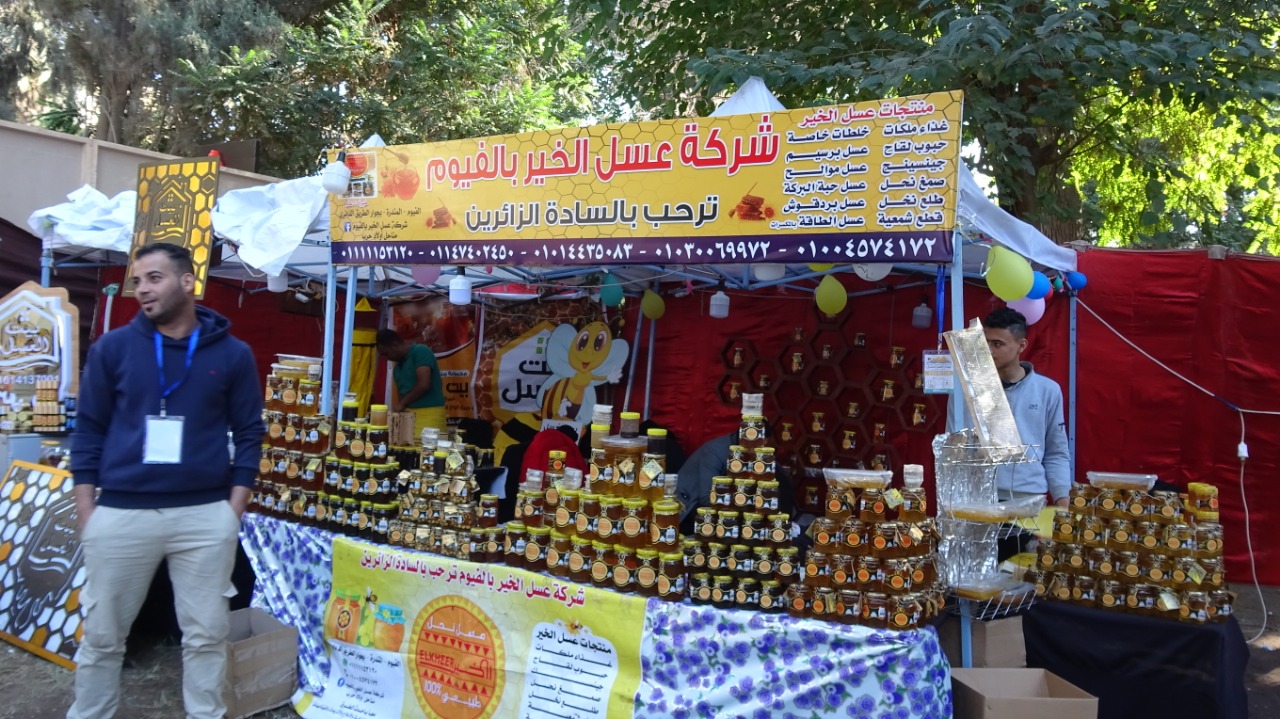Cairo Citadel Aqueduct is one of the most famous parts of the historic walls that once surrounded the Egyptian capital, Cairo. The landmark construction is located in Old Cairo.
The Ministry of Tourism and Antiquities is currently working on developing the archaeological areas and museums associated with the wall. This includes restoration of the historic wall and the surrounding area, with the development plan expected to be completed in 2021.
The idea of building an aqueduct to carry water to the Citadel, known also as the Citadel of the Mountain, goes back to the era of Salah Al-Din Al-Ayyubi,
Better known simply as Salah Al-Din, he was an Iraqi Kurd who became Egypt’s first Sultan and founder of the Ayyubbid dynasty which ruled Egypt (and much of the Middle East) during the 12th and 13th centuries.
It was also he who erected Cairo’s city wall, the beginning of which was close to Fustat, which is generally recognised as the small settlement from which the vast modern Egyptian capital sprung.
A canal to convey water was constructed on top of the wall, with a system also built to allow for water to be carried up to it by means of a series of waterwheels from one of the wells supplying the city. The water flowed through the canal to the citadel, where it was used for drinking and the irrigation of the surrounding fields.
Later in 1312, Sultan Al-Nasir Muhammad bin Qalawun completely renovated the wall, which extends for 2,800 metres in length from the mouth of the Gulf area to the Bab Al-Qarafa area in Cairo’s Sayeda Aisha district
The Tourism Ministry has prepared a plan to develop the wall, which includes the transfer of the occupants of areas surrounding the wall from workshops, factories and units. This is in addition to taking all necessary measures to gain the approvals and permits for the development plan.
The main facilities necessary for the project will be set up on the borders of the development area,with the finance needed to compensate the occupants of the workshops, factories and units located in the area also to be provided.
The project aims to develop the Citadel Aqueduct to revive this historic region and re-highlight its cultural splendour, and ensure its addition to the map of archaeological and tourist destinations in Egypt.
The project is part of a comprehensive vision for restoring Cairo as a city of heritage and arts, a centre of civilisation and cultural gems, and a major local and global tourist destination.
The idea of development is based on creating a north-south link between the geographical spaces that can be found in historic Cairo with its historic metropolises. It will provide support for the merging of several commercial, crafts, tourism, and cultural activities along this axis.
The development will also confirm the historic continuity of Old Cairo, and for the first time allow visitors to enjoy over 300 monuments in this area of the Egyptian capital.
This is in addition to working towards strengthening the link between the area of the Aqueduct and the surrounding historic areas through clean, diverse, and integrated public transport systems. This will allow for more sustainable transportation, such as panoramic electric buses, as well as pedestrian and bicycle traffic, whilst reducing the need to use private cars in transportation.
The general design plan for the development project also includes the establishment of a cultural and art area, which will provide spaces for use as an open theatre and cinemas. This is in addition to a museum and exhibitions for plastic arts, a public library, a hall for seminars and conferences, in addition to places designated for folklore performances.
The project will also see the creation of a centre for the kinetic arts, with an area for entertainment and tourism services also created to include a number of restaurants, open spaces and areas. This will be undertaken with a focus on attracting the quality of restaurants that offer traditional Egyptian cuisine, in addition to other Arab and international cuisines.




